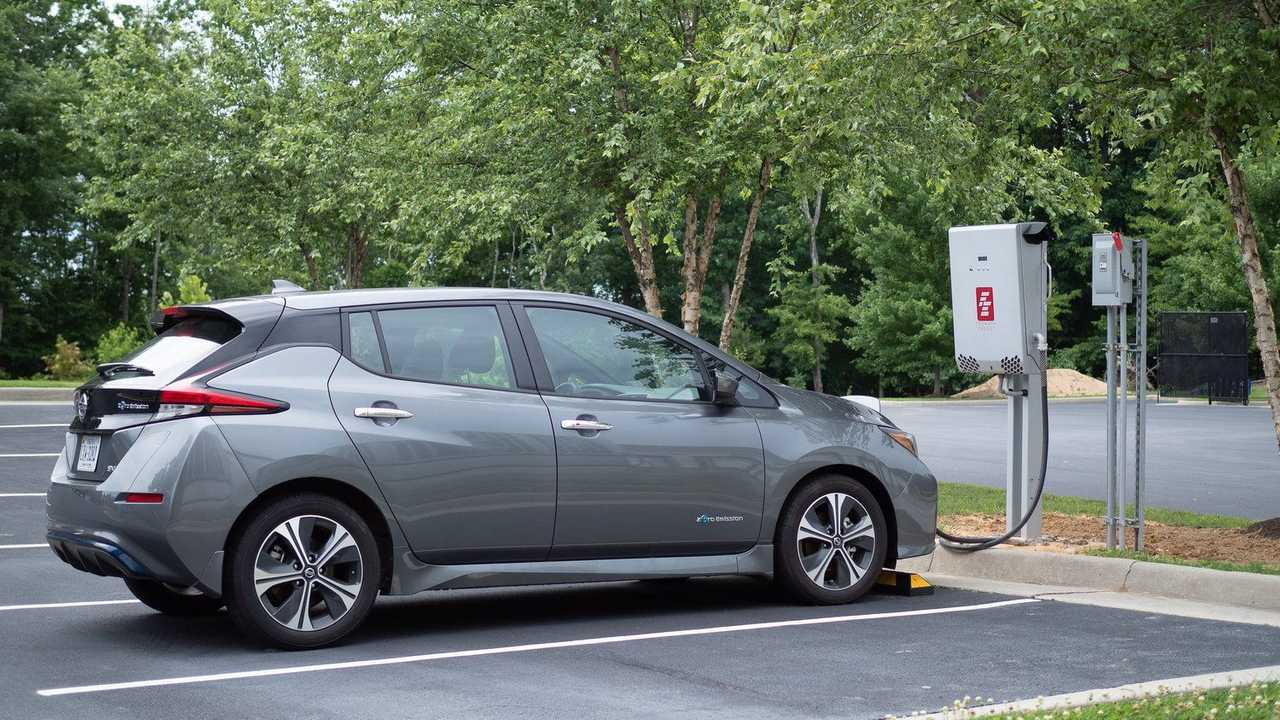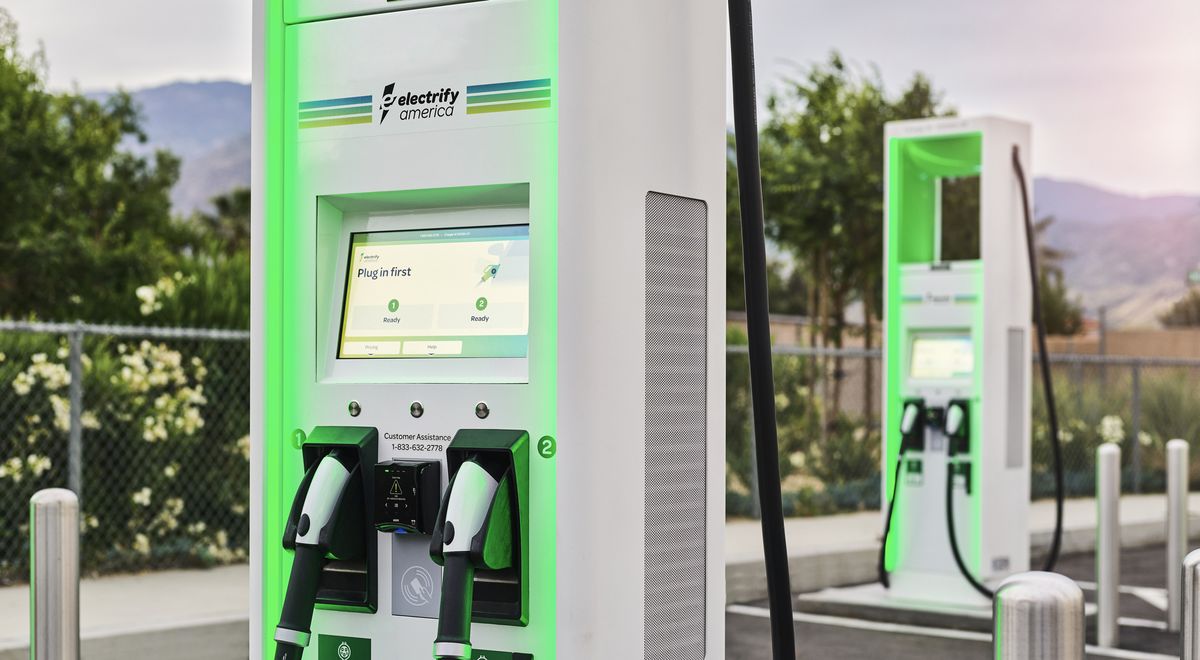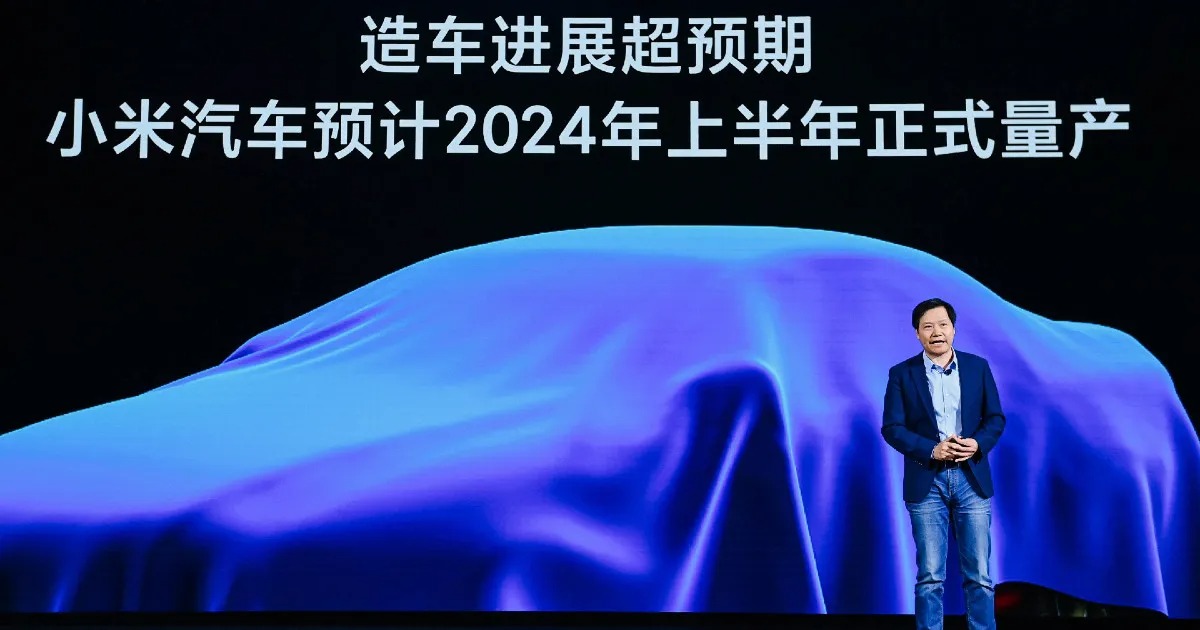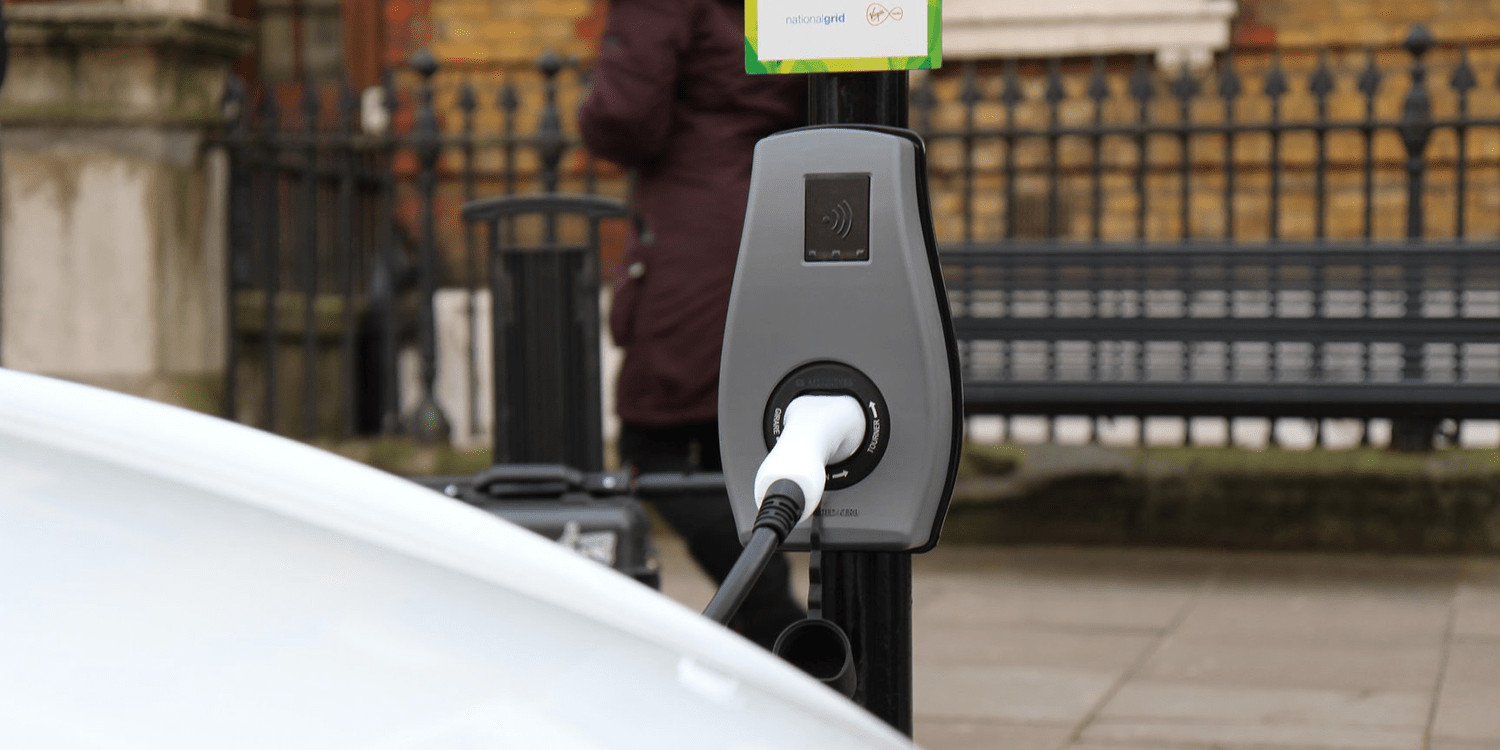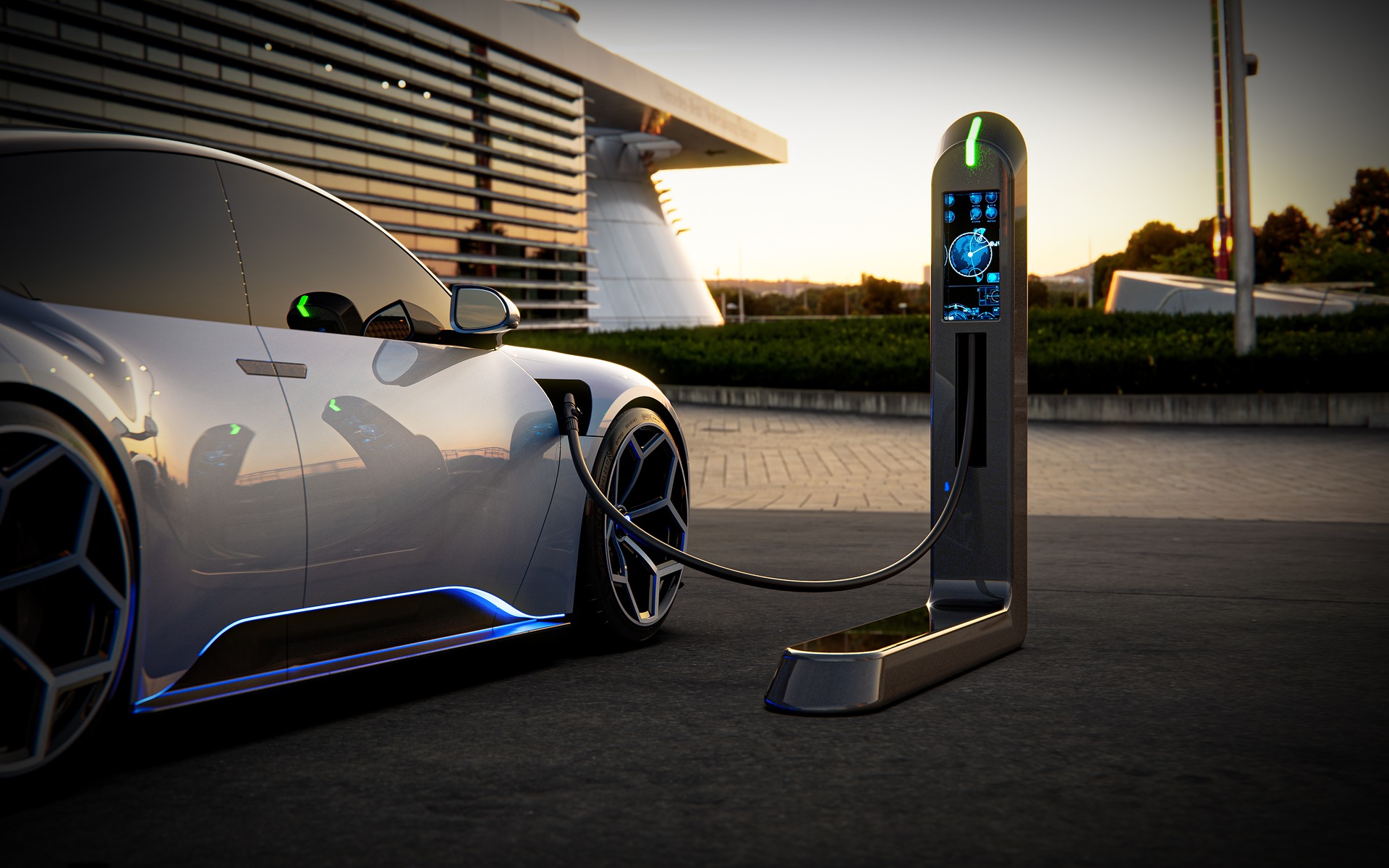Nissan approved the first bi-directional charging for its electric vehicle, the Leaf, in the US. The FE-15 charger, developed by Fermata Energy, can power an EV battery, i.e. charge, and send the stored energy back to the grid. It is the first system of its kind to earn UL 9741 certification for a two-way filling solution.
In 2012, Nissan promised an EV that would be able to share the battery power stored in the vehicle, back to your home or the network, during peak hours or even in an emergency.
These technologies are widely known as Vehicle-to-Grid (V2G), Vehicle-to-Home (V2H), and Vehicle-to-Load (V2L), all of which can be used interchangeably to describe systems that convert EVs into backup power plants. .
Other automakers also have two-way charging solutions, including Ford’s Intelligent Backup Power feature available for the all-electric F-150 Lightning truck. It also features the Hyundai Ioniq 5 and 6 V2L which can make great camping companions for owners.
Tesla, on the other hand, is bearish about the concept, instead they are pushing the dedicated PowerWall battery backup solution to be the same size as a virtual power plant.
For Nissan and Fermata, the solution is straightforward. In a press release, Fermata Energy CEO David Slutzky said that Nissan Leaf owners can create added value from the energy stored in vehicle batteries and chargers can help reduce the total cost of EV ownership by letting the building draw energy from it, at peak times.
Slutzky said the system could also help reduce stress on the power grid, a problem that does not currently exist but could become a problem in the future unless utilities and network operators make the right investments.
All 2013 models from the Nissan Leafs and later are approved for use as the FE-15 bidirectional charger, and the automaker states that the battery warranty will not be affected.
To use this technology, users must have a fast charging CHAdeMO port on the Leaf to take advantage of bidirectional charging, which is sometimes not standard. Notably, the 2013 Leaf model received a more powerful but similar capacity 24kWh battery compared to the 2012 model, and while the previous model had the option of fast charging, Nissan may not want to take responsibility for the battery draining quickly.
Those interested in the FE-15 charger can contact the company via Nissan’s website. Fermata Energy itself is not the only product used by Nissan. The automaker is also working with another company called DCbel which is creating a home-only two-way charging solution.

